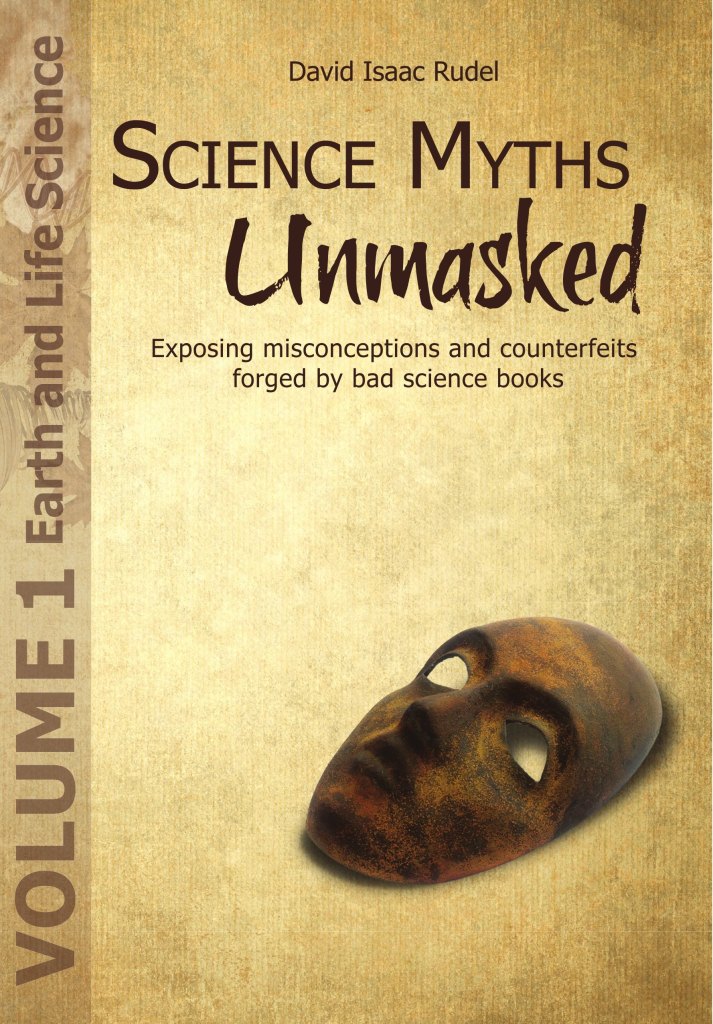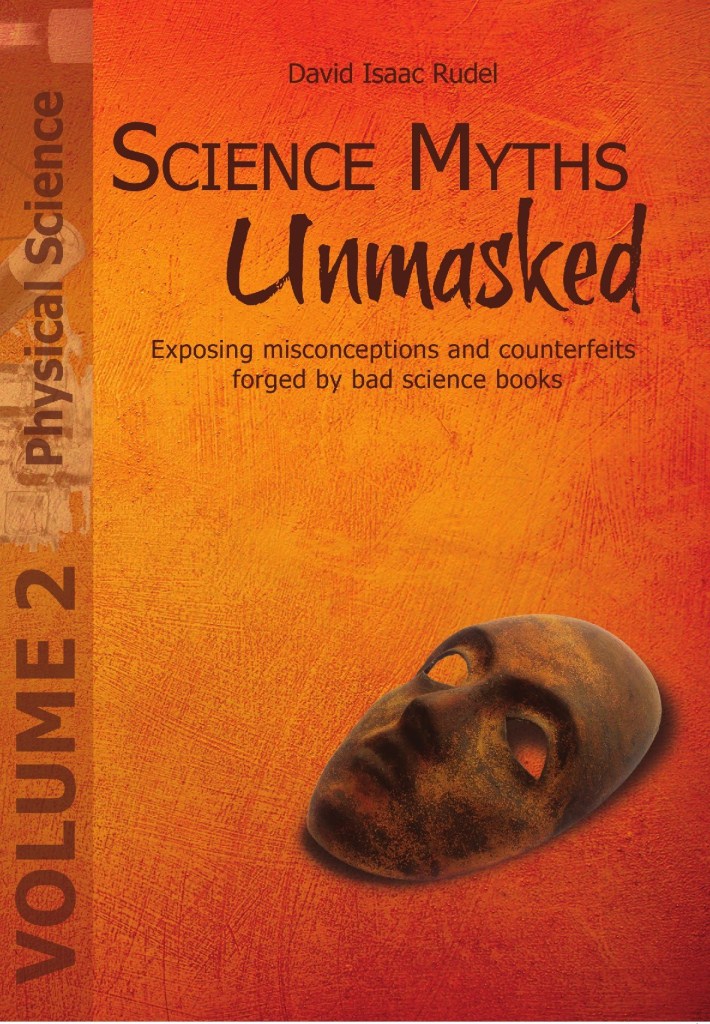I found a particularly bad science standard today in North Carolina:
3.P.3.1
Recognize that energy can be transferred from one object to another by rubbing them against each other.
Presumably this standard refers to friction. One cannot defend this standard by appealing to conduction for a variety of reasons (e.g., there is no mention of a difference in temperature, conduction is covered in another standard, and conduction has nothing to do with rubbing [except that rubbing would actually lessen the transfer of energy by creating a hump in the temperature profile]).
Friction should never be presented as a transfer of energy from one object to the object it is rubbed against. Conceiving of friction in this way leads to false conclusions. For example, imagine object A and object B are rubbed together. A transfers energy to B, meaning A loses energy and B gains it. B rubs against A, so B also loses energy and A gains it. If the objects are of identical composition, the only conclusion to be drawn is that the two exchanges cancel each other, causing no net change in temperature. This, of course, does not match what we see in nature.
At an abstract level, one could claim that rubbing A and B together permits and a transfer of energy FROM C, where C is whatever is causing the rubbing to occur. If a person is rubbing two blocks together, then energy is ultimately being transferred from the person’s stored energy reserves to the blocks.
At a more granular level, one should say that rubbing two objects together allows an energy transformation (not transfer) for each object individually. The coherent linear motion (the block’s molecules all moving together as a macroscopic entity) has a certain amount of linear kinetic energy associated to it. (It got this kinetic energy from C, the thing causing the rubbing.) The braking action of friction is really just the transformation of this linear kinetic energy into thermal energy (non-linear, microscopic, kinetic energy). But it is not a transfer of energy from one object to another, at least when viewed in a scenario as described in the standard, where both objects are seen as moving. (If you select a certain rest frame where one object is moving and the other is viewed as eternally fixed, one could make a claim that there is actual transfer but even this is very confusing for the student on many levels…not the least of which being that leads students to believe that the heat they feel when rubbing their hands together is evidence of energy transfer.)
In short, the heat felt when two objects are rubbed is evidence of energy transformation, one form of energy being changed to another form of energy. It is not evidence of energy transfer between objects.



1 ping
My Homepage
July 29, 2012 at 5:34 pm (UTC 0) Link to this comment
… [Trackback]…
[…] Informations on that Topic: misconceptions.science-book.net/2012/05/31/north-carolina-gets-the-terrible-standard-i-found-today-award/ […]…